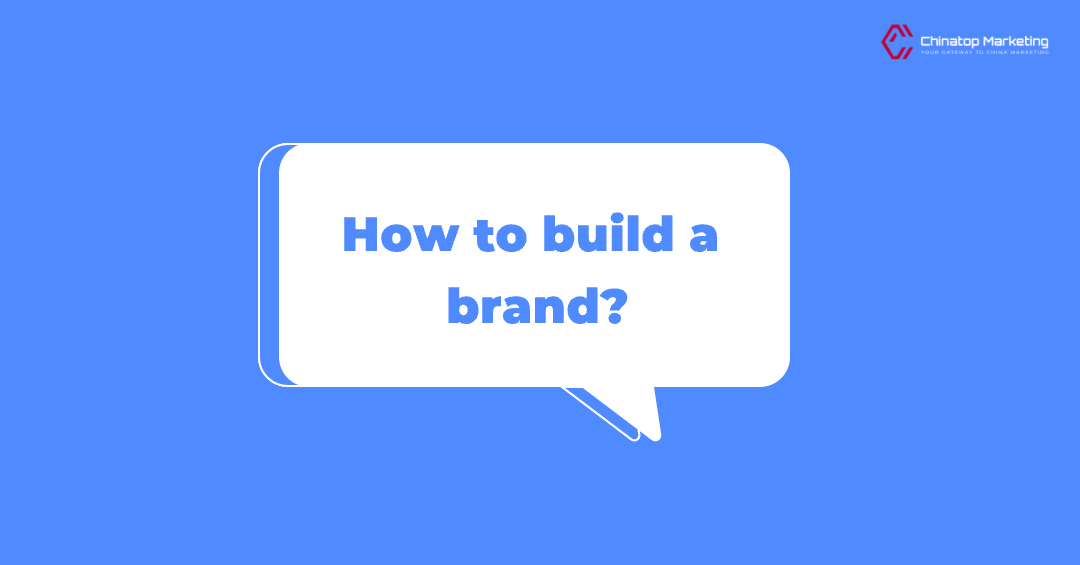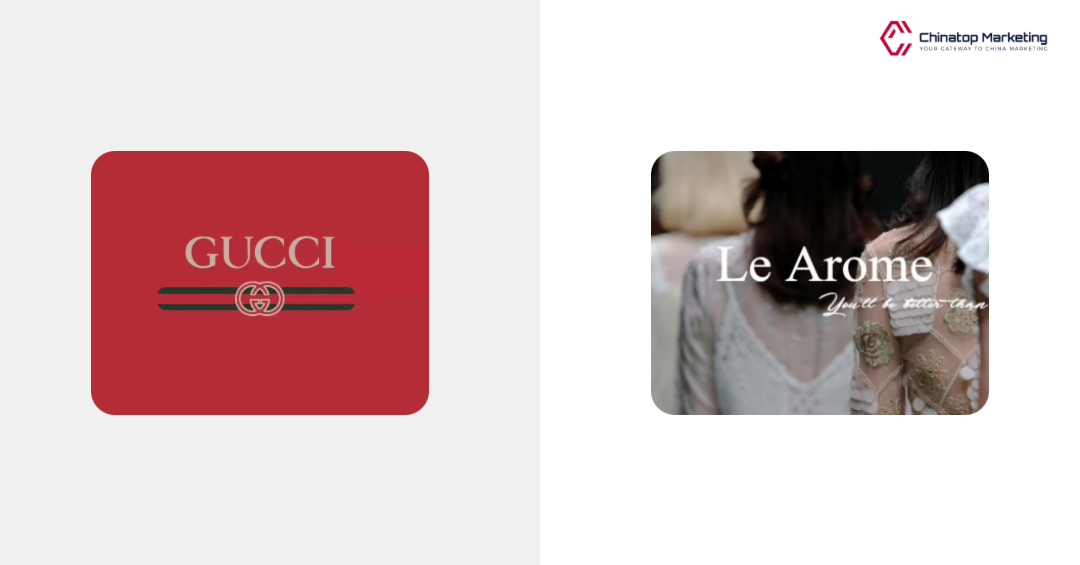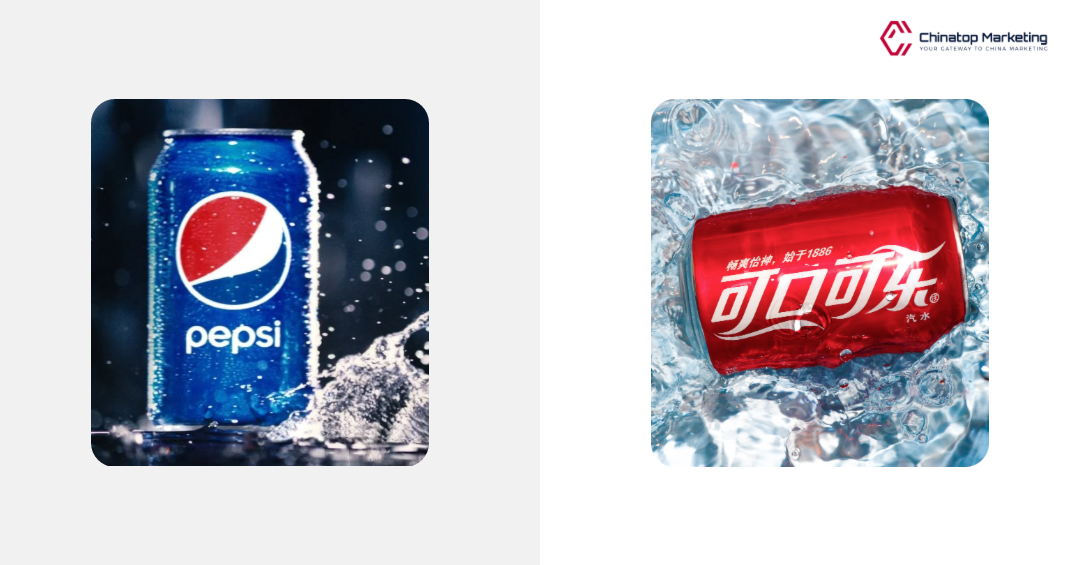Understanding the Power of Xiaohongshu for Your China Marketing Strategy
June 13, 2023

July 26, 2023

People say that "there are a thousand Hamlets in the hearts of a thousand people". In fact, branding is the same. Everyone has a different perception of a brand.
As marketers of enterprises, we are no strangers to "brand" work. Brand positioning, brand marketing, brand creativity, brand promotion, brand story, brand values, brand management, brand reputation, brand loyalty, brand awareness, brand attributes, brand appeals, brand culture and other brand-related work are countless.
◆What exactly is a brand?
"BRAND" originally meant "to burn" or "burning": in the early days of civilization, people used a red-hot iron to imprint unique marks on their goods to identify and distinguish them.
Therefore, in the early days of civilization, the meaning of brand was very simple, that is, "distinction". For example, if two primitive people both raise sheep, and the sheep look similar, what should they do? Take a soldering iron and burn it, so that your sheep will have a special mark, unique and eye-catching!
In modern times, the American Marketing Association defines a brand as: "A name, term, logo, symbol, or design, or a combination thereof, that identifies a product or service and distinguishes it from its competitors." The essence of its brand is still "differentiation."
◆Why do we want to be a brand?
Since a brand is a name, its function is to distinguish it from other brands. So as a company, branding is extremely important. Only when your brand is strongly differentiated from other brands can consumers remember you, like you, buy you, and even when your brand is hacked, consumers are willing to rush out to rescue you.
For consumers, brands can reduce the risk of choice. As consumers' lives become busier, a brand's ability to simplify decision-making and mitigate risk is invaluable to businesses. For example, when consumers go to the supermarket to buy shampoo, they will subconsciously choose a brand they know, rather than buying a new brand that they have never heard of, because buying a new brand requires certain risks, such as bad smell, dandruff removal or no quality assurance.
For enterprises, a mature brand can establish strong barriers, making it difficult for other brands to enter the market. become the intangible assets of the enterprise. There was a controversial experiment in the United States, which put the same McDonald's products into different packaging bags. Preschool children feel that the food in the McDonald's packaging bag is more delicious than the food in the non-logo packaging bag.
To sum up, a brand can bring many benefits to a company. First, it can enhance brand recognition (difference from competing products), second, it can increase trust and endorsement (reduce consumer selection costs), and finally, it can create brand premium (the same burger can be sold at different prices in different bags).
◆How to make a brand?

The relationship between brands and consumers, like any other relationship, is not static. Building a brand is like falling in love. It needs to go through 4 stages, namely:
①Find the target object;
②Create opportunities to get acquainted;
③Let the other party sees the difference between yourself and others;
④Let the other party like you.
Based on this, building a brand requires the following four tasks:
1. Establish brand positioning All marketing strategies are based on STP (market segmentation, target market selection, positioning). The company discovers different needs and groups in the market, satisfies them in a better way, and then positions its own brand to let the target market recognize the company's unique products and image.
Philip Kotler defined positioning in his book "Marketing Management": "Positioning is the act of designing a company's products and images to occupy a unique place in the mind of the target market."
In just an ordinary medium-sized supermarket, there are nearly 40 brands of mineral water shelves. Faced with different consumers, there are different positioning. For example, Nongfu Spring’s drinking natural water for infants is mainly sterile, which is suitable for preparing infant food or for infants to drink directly; for example, Nongfu Spring’s high-end water in glass bottles is mainly for white-collar workers and high-end people who are exquisite petty bourgeoisie, making drinking water more stylish; for example, Nongfu Spring’s Wuyi Mountain Spring Water is mainly for tea-making people, and its selling point is for tea-making;
Different brands create products based on the needs of a certain group of people, forming a clear difference from other brands. This is the first step of the brand, positioning.
2. Establish brand identity Brand identity is simply the brand's visual identity system (Visual Identity) referred to as VI, VI is like a brand's appearance and dress. After the brand has positioned the target market and target group, it is necessary to design products that they like according to your market and group. At this time, VI becomes very important.
Let's take clothing as an example. GUCCI is positioned as a luxury brand, and its target audience is successful women with social status and fashion pursuits. Le Arome is positioned as a designer brand, and its target audience is two-dimensional girls who pursue individuality. The target audience of the two brands is different, so there are obvious differences in the visual identity system.

VI not only includes standard colors, but also includes company names, company logos, standard characters, symbolic patterns, publicity and spoken words, etc. These visual systems will be applied to office supplies, production equipment, product packaging, advertising media, clothing and uniforms, signboards, signs, windows, displays, etc.
Just like falling in love, when you know what kind of girl you like, you need to pack yourself up and make yourself into what the other person likes.
3. Establish brand knowledge Before deciding to use the term "brand knowledge", I thought about many other words, such as brand advantages, brand highlights, brand content and so on. But in the end, I still feel that "brand knowledge" is more appropriate. The brand knowledge I understand is simply to tell your target audience what you are doing through various methods.There are two points that need to be paid attention to in the establishment of brand knowledge, namely "refining one sentence to explain what I do" and "how to let the target group know what I do". Consumers are busy on May Day. We need to spend the least amount of time summarizing what we do. For example, if you love pets very much, you open a small pet shop, positioning it as a pet-loving utopia, and the target group is the people who keep pets in the business district. Then you can promote your store through the pet community and Dianping. You can also do public welfare activities and donate cat litter for nearby stray cats to let everyone know what you are doing. Finding the most accurate channel is the most suitable for you.
4. Establish brand emotion and spirit. If brand identity is the exterior of a brand, then brand emotion and spirit are the core of a brand. Under normal circumstances, when no competing products enter the market, brand emotion and spirit seem to be of little use, because whether you have emotion or not, as long as he likes it, he has to buy it.
But the era without competing products has to be pushed forward at least 20 years. In this era, no one has a competing product. When your product is not much different from other products in function, then the brand emotion and spirit are the biggest difference between you and other products. Consumers only pay attention to price and function when purchasing. In fact, there are too many examples to prove the importance of brand emotion and spirit. Just like Coca-Cola, if you pour Coca-Cola and Pepsi into the same glass, many people can't drink the difference, but when they are put into the bottle, they will immediately separate into two consumer camps. One camp thinks Coca-Cola is classic; the other camp thinks Pepsi is representative of youthfulness.

Many people think that finding a bunch of bloggers on social media and promoting your products is to build a brand. There are also many people who think that publishing a few advertisements on elevators or in airports is branding. In fact, it is just a way to promote the brand. If you want to know more about building a brand, you can contact us to help you solve a one-stop marketing solution from product to brand.